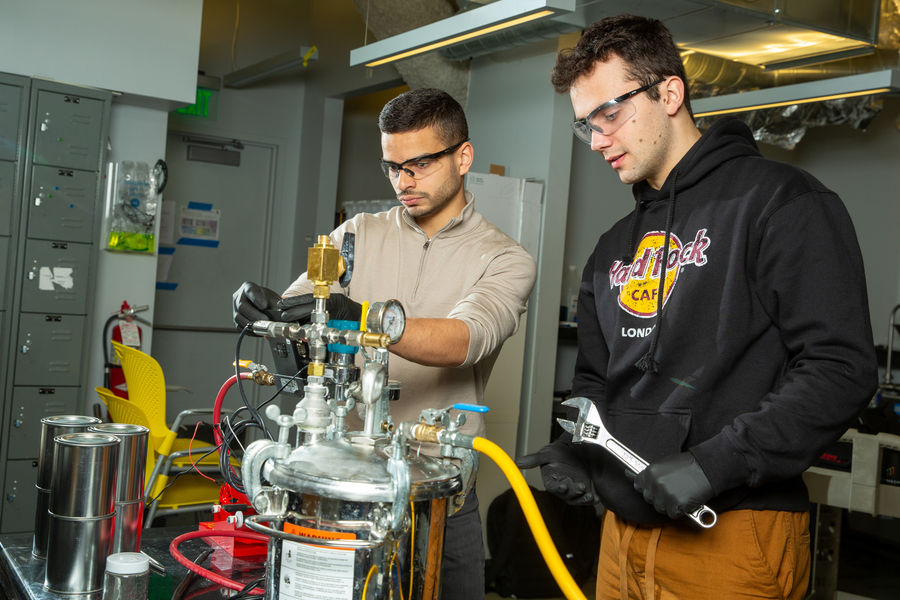A Zero-Emissions Fuel

A team from MIT has developed a chemical reaction that could allow ships and submarines to generate zero-emissions hydrogen power using aluminum pellets and seawater.
By making a few adjustments, the researchers managed to produce a significant amount of hydrogen gas, a potential alternative to fossil fuels for heavy machinery like construction equipment, trains, and planes. One of the key modifications involved adding coffee grounds, which made the process more sustainable by using aluminum from old soda cans. Hydrogen is being tested in various applications as it has zero carbon emissions, with water as the only byproduct.
However, concerns exist about the safety of transporting large quantities of hydrogen gas due to its volatile nature. Aly Kombargi, a Ph.D. student in MIT’s Department of Mechanical Engineering, and his team proposed using seawater as the hydrogen source and aluminum pellets as the onboard fuel, similar to how coal was once used in steamships.
“This is particularly useful for maritime applications like boats or underwater vehicles, as seawater is readily available,” said Kombargi, the lead author of the paper detailing the experiment.
The reaction involves dropping pure aluminum into water, which generates hydrogen gas. To reduce costs, aluminum soda cans can be used, but they must be pretreated with a rare alloy called gallium indium. This is necessary because the non-pure aluminum in soda cans forms a protective oxide layer that prevents the reaction. The alloy can be recovered if protected by a barrier of ions, which seawater naturally provides.
Initially, the process took about 2 hours, but by experimenting with different substances, the team discovered that coffee grounds, specifically the imidazole found in caffeine, reduced the reaction time to just 5 minutes.
With this approach, the researchers estimate that 1 gram of pre-treated aluminum pellets can generate 1.3 liters of hydrogen in just 5 minutes. According to MIT, the team plans to test the system in marine and underwater vehicles, and they have calculated that a reactor holding about 40 pounds of aluminum pellets could power a small underwater glider for approximately 30 days using seawater to generate hydrogen to power a motor.